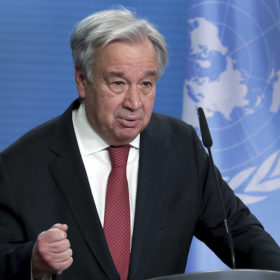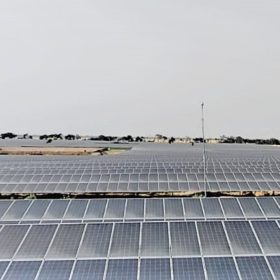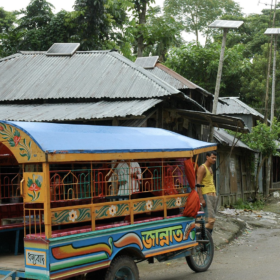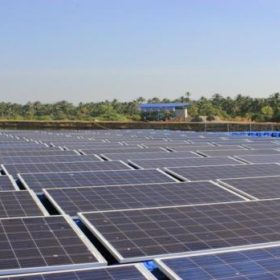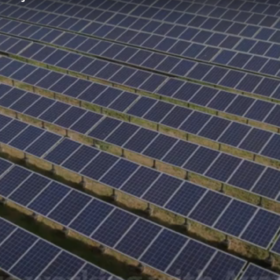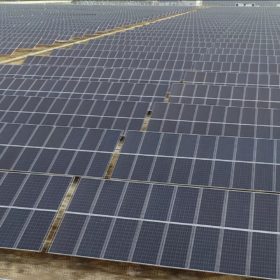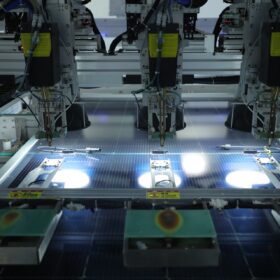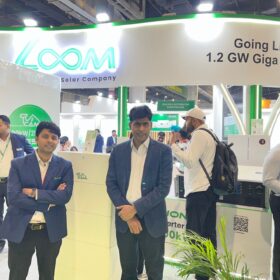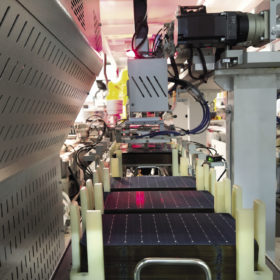Solar the energy workhorse in latest gloomy IPCC verdict
Photovoltaics can wipe out 4.25 billion tons of carbon emissions every year this decade, according to the UN Intergovernmental Panel on Climate Change. Even so, the actions announced so far remain way short of what is needed, with capital flows to fossil fuels still greater than the cash directed toward combating climate change.
Tata Power commissions 160MW AC solar project for NTPC
Tata Power today announced its solar manufacturing and EPC arm had commissioned a 160MW AC solar project in Rajasthan within 15 months. The project was awarded to it by NTPC.
AC Energy to invest in PV in Bangladesh
AC Energy has revealed plans to invest in solar projects throughout Asia, including Bangladesh, by forming a joint venture with Germany’s ib vogt GmbH.
Tata Power commissions 300MW solar plant with single-axis PV tracker system
Tata Power Renewables Energy Ltd (TPREL), an arm of Tata Power arm, has commissioned a 300MW solar plant in Gujarat–the largest PV project utilizing single-axis trackers in India.
NTPC’s 160MW Jetsar solar project now fully online
The 160MW Jetsar solar project in Rajasthan is now fully operational with its second-part capacity of 80MW commissioned in March.
India’s solar report card for 2021
India added 10.4GW of solar power generation capacity in the January-December period of 2021. Out of this, 42% was installed in Rajasthan alone.
British International Investment commits US$89 million to scale renewable energy generation in India
The UK investor (formerly known as CDC Group) has committed a $47 million follow-on investment in Fourth Partner Energy to build 294MW of greenfield renewable power capacity. Another $42 million will go to Italian power utility Enel’s India arm Thar Surya 1, to support the development of a 300MW greenfield solar project in India.
Challenges in land acquisition for solar projects
While the Central and State Governments have taken several proactive steps to make it easier for solar developers to acquire land for their projects, land aggregation remains the single biggest roadblock in implementing large-scale projects, resulting in a slowdown in the industry.
World will need 5.2TW of solar this decade to avoid climate breakdown
The International Renewable Energy Agency’s latest global outlook has spelled out just how ‘woefully’ far the world is from capping temperature rises at 1.5C, and lamented: ‘The stimulus and recovery efforts associated with the pandemic have also proved a missed opportunity.’
Torrent Power completes the acquisition of 50MW solar plant from Lightsource bp and UKCI
The PV plant, situated in Maharashtra, is owned and operated by Lightsource BP’s renewable energy arm Lightsource Renewable Energy (India) in finance partnership with UK government-funded green investment platform UKCI.
